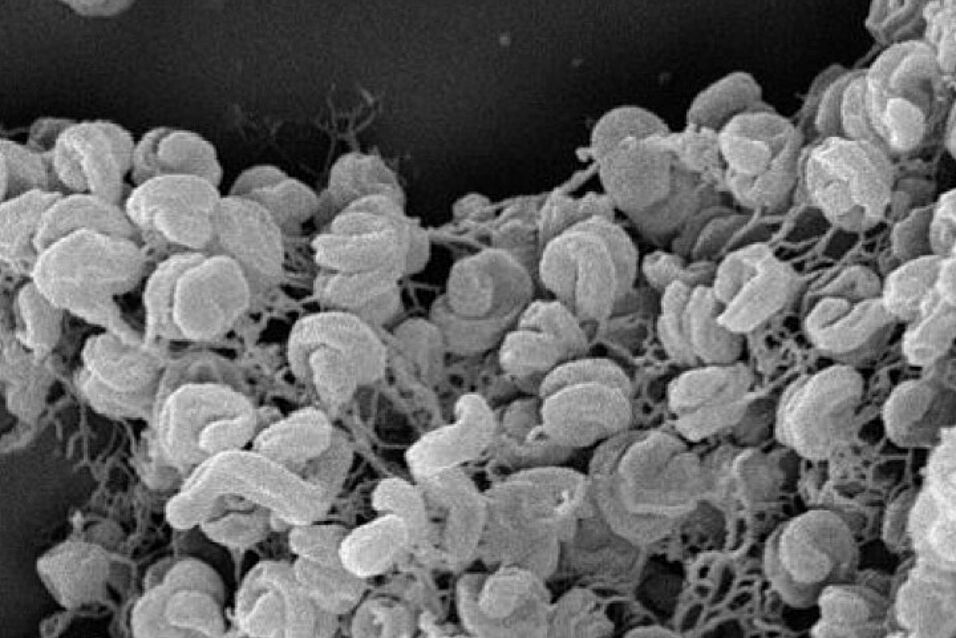According to textbooks nitrification is catalyzed by two guilds of microorganisms, which separately oxidize ammonia or nitrite. Huge gaps in our knowledge of nitrification were revealed by the recent discovery of complete ammonia oxidizers (comammox) in the bacterial genus Nitrospira, which alone catalyze both steps of nitrification. This finding has radically changed our picture of nitrification, but comammox Nitrospira are difficult to cultivate in the lab and remain largely unexplored.
This project aims to gain a fundamental understanding of the ecophysiology, diversity, and environmental distribution of comammox Nitrospira. Yet uncultured comammox bacteria will be double-labeled with isotopes based on their ability to carry out complete nitrification. The labeled cells will be sorted by an innovative method based on Raman microspectroscopy and propagated by robot-assisted mass cultivation. The new cultures will be used to measure for the first time the nitrification kinetics of comammox Nitrospira from different habitats by using an elegant microrespirometry method. These experiments will inform on the ecological niches of comammox and test the hypothesis that comammox Nitrospira thrive best in oligotrophic habitats and gain flexibility by adapting their kinetic properties to environmental shifts.
Genome analyses of the new comammox cultures will show if these bacteria possess genes for energy metabolisms other than nitrification. Genome-based hypotheses on such metabolisms will be tested with incubation experiments and single-cell isotope labeling and chemical imaging tools. The results will illuminate the metabolic repertoire of comammox Nitrospira and reveal whether these bacteria play multiple ecological roles.
Little is known about the habitats and importance of comammox for nitrification. A large-scale census, which uses a unique gene of comammox as molecular marker, will inform on the distribution of uncultured comammox Nitrospira in terrestrial, aquatic, and engineered ecosystems. The relevance of comammox for nitrification will be assessed in isotope labeling experiments with environmental samples from different habitats.
This project promises ground-breaking insights into the biology of the novel comammox bacteria. The results will be highly relevant to scientists and practitioners in microbiology, biogeochemistry, agriculture, and wastewater and drinking water treatment.
This project is funded by the FWF - Austrian Science Fund (P30570-B29).
Investigated by:
- Daims H
- Sedlacek C
- Mueller A


